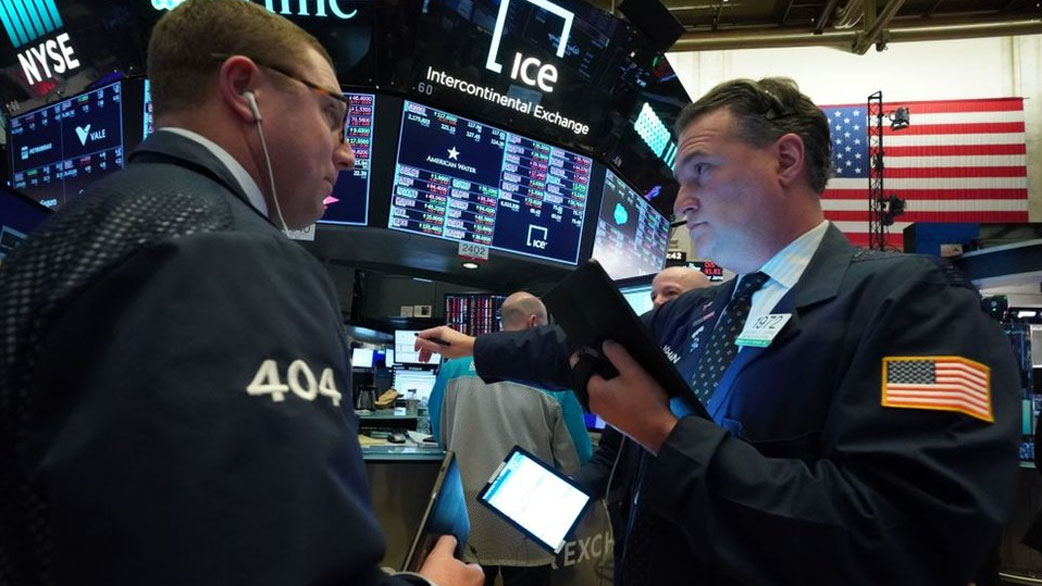A quarterly report issued by the Federal Deposit Insurance Corporation (FDIC) revealed a series of problems facing the US banking sector. On the one hand, it indicates that 63 banks were on the verge of bankruptcy during the first quarter of 2024. This is compared to 52 financial entities included in the “troubled banks list” during the third quarter of 2023.
In contrast, the report also showed that banks have accumulated a combined $517 billion in unrealized (potential) losses, up $39 billion from the previous quarter. The FDIC, not satisfied with the weak outlook for banks’ financial health, added: “This is the ninth consecutive quarter of unusually high unrealized losses since the Fed began raising interest rates in the first quarter of 2022.”
All of this data can be received by anyone like lightning in the middle of a storm, though the weather can get more complicated to make way for a hurricane. This is taking into account that the Bank Term Funding Program (BTFP), created by the Federal Reserve to stop the spread of contagion from financial meltdowns, stopped accepting new loan applications last March.
All of this hurt banks’ profitability at a time when high interest rates were already weakening their balance sheets by reducing the value of their government bond holdings. Silvergate failed first, but the collapse of Silicon Valley Bank on March 10 was particularly memorable. It sparked a run on banks when it announced it needed to raise capital after being forced to sell bonds at a loss.
After those events, banks had another year to adjust to higher interest rates, plus they could still borrow from the Fed through another facility called the discount window. However, closing the BTFP would likely increase banks’ borrowing costs, meaning their profit margins would fall. Their response could be to raise interest rates or provide less credit to customers, which would have a direct impact and weaken the economy.
Ultimately, all of the above could come together and create a perfect storm with the second expected change creating new risks for the sector. This has happened before, such as during the 2008 financial crisis.
With information from agencies





